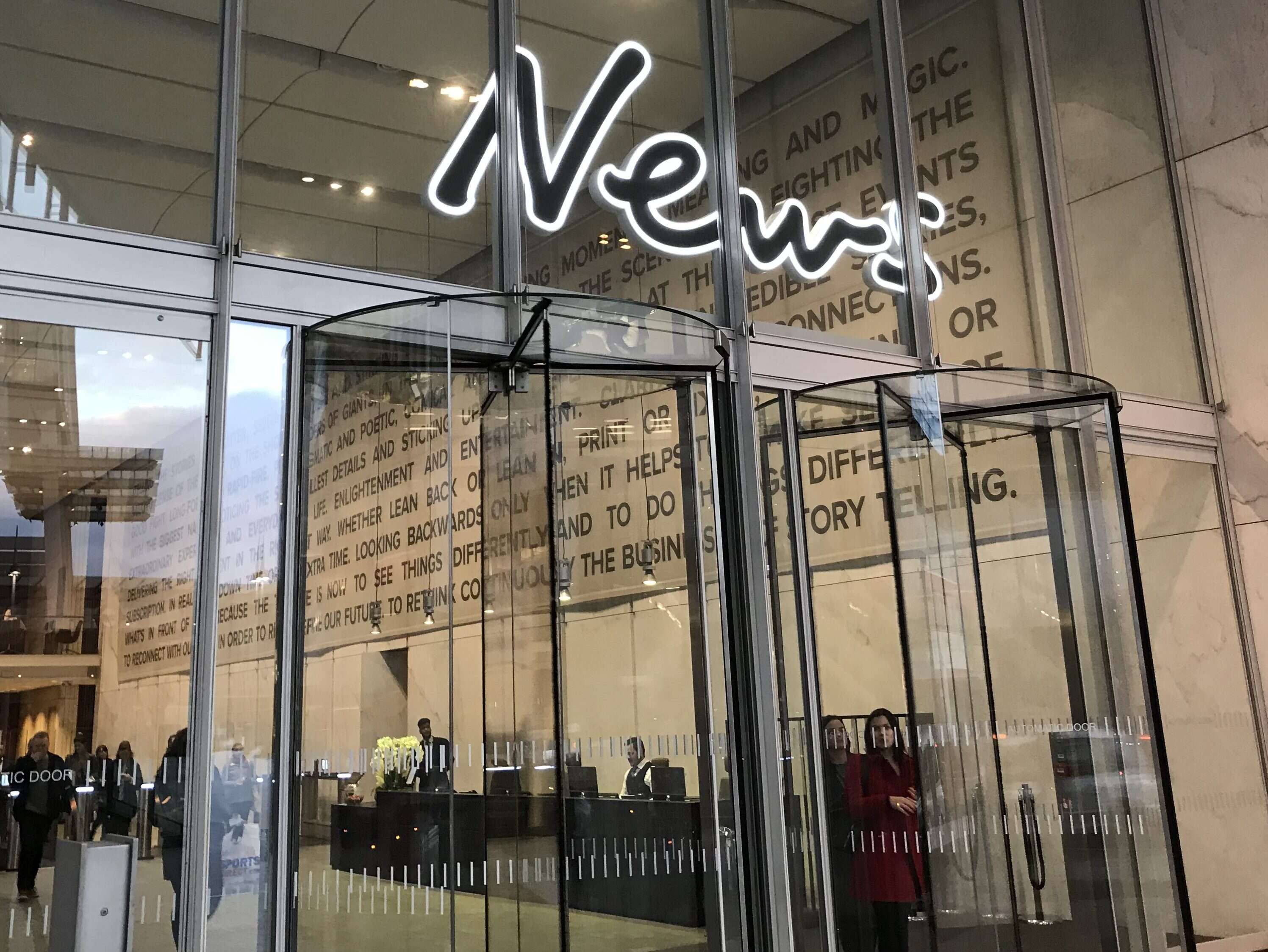
Partner content*: Publishers can get access to the same slick digital production as some of the biggest names in global publishing in two easy steps. The first is to embrace WordPress, the open-source content management system, and the second is to engage UK agency Big Bite to tailor it as needed.
No longer just a blogging platform, WordPress has grown in popularity with news publishers with more than four in ten news websites using the CMS for at least part of their domain.
Big Bite has been working with WordPress since 2011 and is one of 19 official WordPress VIP Gold Partners, but the only UK agency with this prestigious accolade. The agency was among the early adopters of the groundbreaking editor, Gutenberg, which launched in 2018 to transform users’ content creation experience with a simple block editor that allows them to literally build media-rich posts and pages.
Rather than requiring knowledge of coding, journalists and content teams can now simply select a plugin or block – be it heading, paragraph, video, gallery, pullquote etc. – and place them where they want in an article.
“With some newsrooms publishing over 500 articles each and every day, every second or the number of clinks we’re able to save a content team can collectively make a huge difference to these fast-paced newsrooms, and the importance of this efficiency has led to some amazing results,” said Sarah McCormick, COO at Big Bite.
Gutenberg’s intuitive editor enables the front-end and back-end to be separate, known as a “headless” CMS, allowing publishers to customise the website while retaining WordPress’ extensive editorial functionality in the back-end. It was designed to give users the ability to create modern, media-rich pages and posts by providing an inherently more visual experience than the classic editor of the past, which relied on a more traditional experience of using a WYSIWYG editor, custom fields, shortcodes and widgets.
Jonny Waters, head of design and UX at Big Bite added: “Working with a headless architecture allows us to treat the editorial experience and the front-end experience as separate products.
“This means we can focus on delivering the best possible experience to the editors working in the CMS, making sure that their workflow is as efficient as possible and giving them all of the tools that they need to create dynamic content.”
Big Bite has worked with some of the biggest brands in news publishing to further extend and enhance components around a publisher’s specific needs.
In its recent white paper, WordPress in the Newsroom, Big Bite revealed that News UK, a subsidiary of News Corp and publisher of The Sun and The Times titles, reported a 30% reduction in the number of clicks needed to publish an article and a 60% improvement in time to publish after streamlining its publishing workflows with Gutenberg. The result is more time for journalists to focus on the quality of the content they produce.
Big Bite also develops a number of other customised solutions with Gutenberg, some of which it has rolled out across a number of other global publications. Among them is the Collage Creator utlised by the New York Post, which allows journalists to create a collage image for an article within the CMS, and a Liveblog function – the first of its kind on WordPress – which publishes shareable news snippets in real-time to readers. The Liveblog plugin was first used by the Post to cover the Oscars ceremony in April 2021, reporting the winners of each award category as and when they were announced.
In addition, Big Bite has also developed a custom plugin on Gutenberg which enables journalists to make notes and request changes within an article, encouraging collaboration, saving time, and reducing errors when compared to the newsroom’s previous system of exporting copy into an external editing tool to suggest changes before updating the article in the CMS after an editor had signed off on them.
Its experience of working with large content and in-house editorial teams has given Big Bite insight into the ongoing challenges that teams often face with digital production.
“In our experience, many issues faced by newsrooms and internal content teams are due to the limitations of archaic publishing systems and legacy solutions that have been implemented during the rapid rise of online news. This results in systems becoming bloated, inflexible, and outpaced by such a fast-moving sector – restricting and hindering production processes rather than supporting efficient teams and workflows,” said Sarah.
“Restrictive software often leads to reliance from content teams on imaging and development departments for content creation – this also contributes to slower production which can be catastrophic in a competitive sector where timing is absolutely critical.”
The Covid-19 pandemic has accelerated the trend towards digital-first news and publishers are now investing more heavily in making the move – even at companies that may have dragged their feet before consecutive lockdowns disrupted print sales/distribution and advertising. The pandemic has marked a change in the news industry, one it is unlikely now to row back on.
“The switch to a digital-first approach to content publishing is a big change for many newsrooms – which typically have hundreds or even thousands of team members and contributors – so buy-in to new technology is always tough, but being able to embrace innovation has proven to be a game-changer for the industry” said Sarah.
Sarah added that the streamlined production of engaging and timely content is “critical for success within the news sector”, adding: “Enterprise organisations that invest in scalable publishing software that delivers both efficiency and consistency will be best positioned to attract wider readerships and increased online revenue generation.”
*This article was published in association with Press Gazette commercial partner Big Bite. To find out more, contact Big Bite at hello@bigbite.net or download the whitepaper today.
Email pged@pressgazette.co.uk to point out mistakes, provide story tips or send in a letter for publication on our "Letters Page" blog
